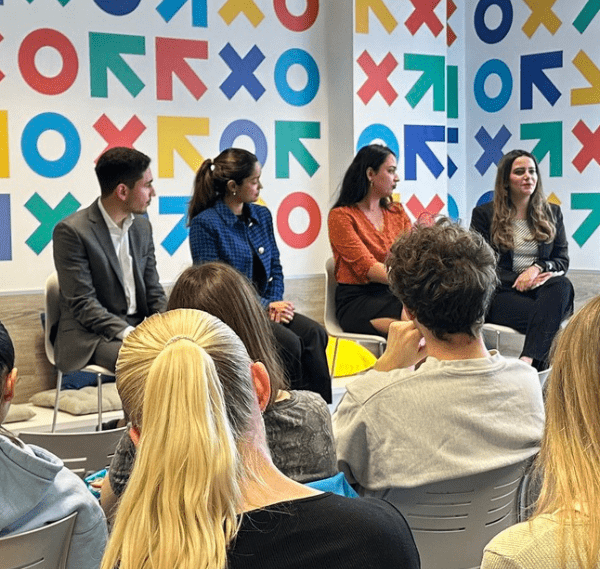Coinciding with the Fourth Industrial Revolution (4IR), and as a result of the perfect storm of technological innovations that brought it about, the traditional concept and functions of ‘sales’ has changed.
With all this technological innovation – such as artificial intelligence (IA), the internet of things (IoT), robotics, quantum commuting and 3D printing – it is no longer feasible to manufacture and sell a product or even provide a service without ongoing backup and support. Sales staff require ongoing training and refresher courses in how best to use these new technologies.
In addition, technology advances at such a rapid pace that products frequently need to be replaced or upgraded. Microsoft Word, the Apple iPhone and HP printers are just a few examples of technological product evolution.
Tech sales is not about selling
Ultimately, one of the primary Key Performance Indicators (KPIs) of technology sales is customer satisfaction. Is the customer satisfied that the product and service provided have not only filled a need in their organization, but have added measurable value in terms of revenue growth?
This satisfaction is measured objectively using a variety of ‘metrics of success’ such as NPS (Net Promoter Score), a management tool used to gauge the loyalty of a firm’s customer relationships, or CSAT (customer satisfaction) which measures how satisfied a customer is with a particular product, transaction or interaction with a company.
Customer success is therefore a post-sales operation that focuses on value attainment. It does this by identifying desired outcomes for customers and implementing plans to achieve them.


Tech sales vs. customer success
The nature of new technology – especially computers and software – is such that the sales function differs considerably from other products. From the mid-1990s, tech companies realized that selling a perpetual license to use software resulted in high rates of failed implementation and damaged future sales – what the industry refers to as ‘churn’, or loss of customer retention.
New tech sales, or selling to new customers, is more a process of connecting customers with technology – taking a discovery rather than selling approach. It is about understanding customers’ requirements, existing technologies and challenges, and how the vendor’s products and/or services can complement their operations or solve an issue for them. Salespeople with traditional training are often unfamiliar with this process.
The role of client relationship management (CRM)
So, if salespeople are new to the discovery process approach, what should they focus on for customer satisfaction?
● Build customers’ understanding of your product technology, what you are selling, and its limitations.
● Build a relationship with the person to whom you’re selling. The company will have needs to fulfil as a whole, but individuals may also have goals that they’d like to achieve.
● Understanding the personal element of a sale also enables you to approach customers differently, striving not only to satisfy customer expectations, but to exceed them. ‘Customer delight’ promotes loyalty, word-of-mouth endorsements and increased profitability.
● Once the goals and challenges have been identified, sell the value. This value is how your product or service solves a problem, generates revenue and maximizes opportunities for them.
● ‘Value’ will be different depending on customer buyer types; are you talking to the economic decision-makers, technical decision-makers and influencers, or the CEO? Their needs are different.
● The sales proposal should include a demonstration of the product and how the company could or should use it.
● Above all, don’t focus on selling. If you can understand their needs and match your products to those needs, you can forge a trusted relationship.
Connecting customers with technology
Finding new customers is important, but on average this process takes four to nine times more time and money than: selling to existing customers, customer retention through renewals, cross-selling (adding a complementary product or service to the first sale), or upselling (upgrades or add-ons to a purchase). Overall, these strategies are more efficient.
How successful such efforts are depends on the vendor’s skill in showing understanding of the client’s needs, and creating a position of trusted advisor so that recommendations are not seen as focused on selling but rather on value attainment.
How do we do this?
The customer journey in a customer success model follows a structured flow:
● Sales to success handover: ensuring the client’s understanding of the product that they have purchased, and the support team available to them.
● Customer onboarding: training and enablement.
● Adoption: driving comfort with the product and/or service.
● Engagement: driving utilization with the product and/or service.
● Expansion and renewal: growth and renewal.
All of the above should be aimed at achieving customer goals and desired outcomes.
Study with EU
EU Business School offers a number of subject specializations that cover the principles of tech sales. These specializations include qualifications in Business Administration; Digital Business, Design and Innovation; Marketing; Business Management; Project Management; Cloud Computing; Information Systems; and Business Technology. Visit EU Business School’s website for details of these and other graduate and postgraduate qualifications.













